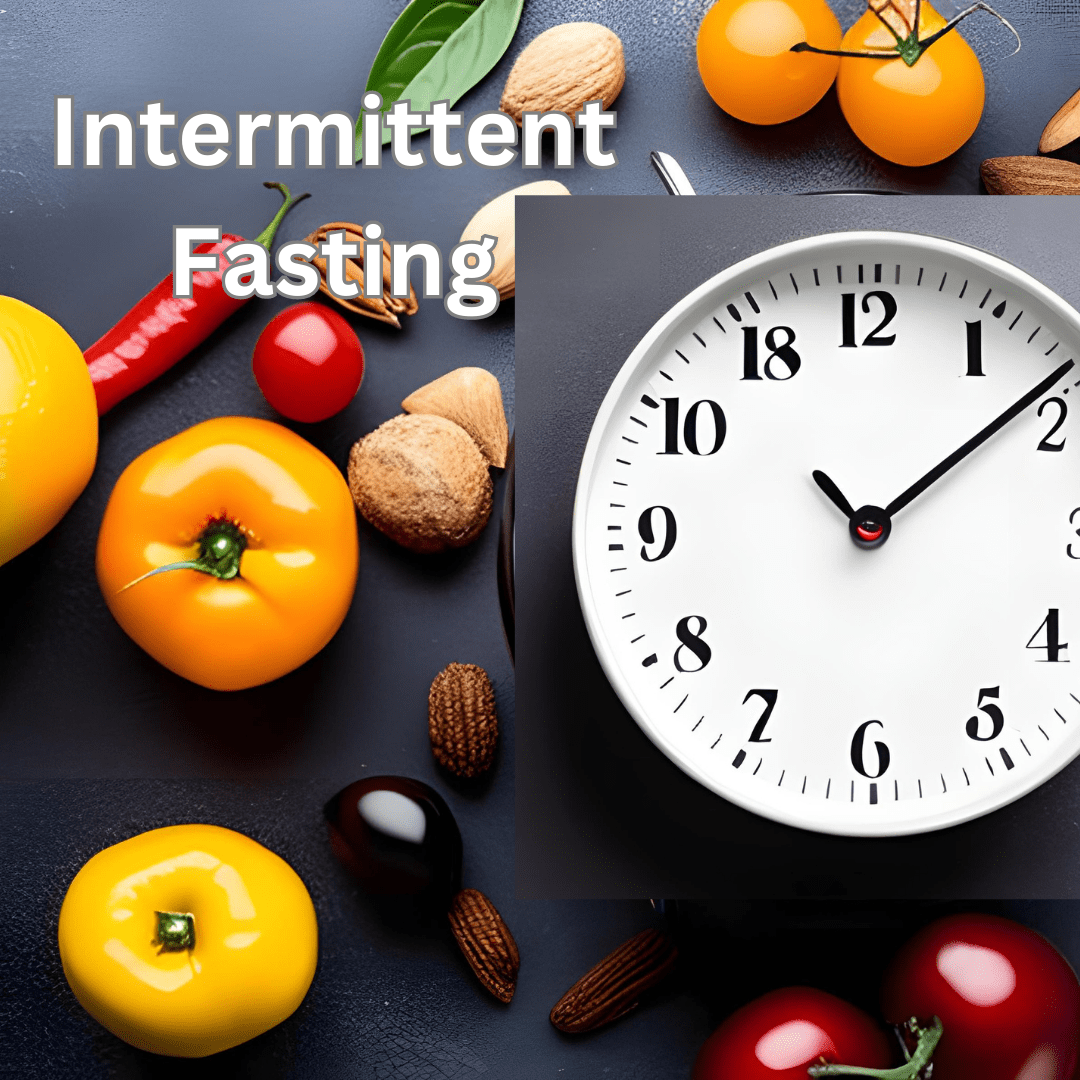
“If you fail to plan, you plan to fail.” – attributed to Benjamin Franklin
About Meal Planning
Thinking about meal planning is key to being successful in losing fat and keeping it off. The best meal plan is one that can be maintained which emphasizes healthy limited processed-food eating. Studies have shown that meal planning is associated with food variety, diet quality, and healthier eating habits.
Furthermore, a study found that people who used food planning strategies ate overall healthier diets compared to those who did not. Meal prepping has several benefits, including:
- Saving time
- Helping to stick to a healthy eating plan
- Saving money
Planning meals ahead of time can help prevent food waste. Additionally, planning allows for budgeting by figuring out exactly what ingredients are needed for the week. According to the Academy of Nutrition and Dietetics, there are three strategies for successful meal planning: making a menu, stocking the pantry and freezer with the five food groups, and keeping a schedule in mind.
Making a menu
I understand how important meal planning is for achieving your goals. Here are my top tips for organizing and categorizing your meal planning:
Step#1: Assess needs and structure
- Decide on the frequency of your meal planning. Do you want to plan for a week or a month?
- Consider your cooking preferences. Do you want to prepare meals ahead of time, just before the meal, or a combination of both?
- Keep in mind any special nutrition needs for yourself or your family.
- Choose a consistent prep day of the week when you can focus on foods that take the longest to cook like meat, whole grains, and beans.
Step#2: Create Your Menu
- Start by reading about how to put together a healthy meal and ensure you’re getting the right amount of each food group.
- Get ideas by looking at cookbooks or online sites for recipes that look good which use whole foods with limited processing. Evaluate the level of cooking skill required for each recipe and double-check if you have the necessary cooking utensils or pans.
- Check in with your family about their schedules and meal preferences for the period you’ll be planning for. This will help you cater to everyone’s needs.
- Think about the weather and adjust your menu accordingly. Soups and stews are perfect for cold winter nights, while salads with lean protein are ideal for hot summer days. For packed lunches, ensure perishables are stored in a refrigerator or insulated bag with an ice pack.
- Take stock of what ingredients you already have and try to use them up. This will save you money and reduce waste.
- Keep an eye out for sales at your local supermarkets, especially for seasonal produce.
Step#3: Look for ways to add vegetables and fruits & add variety
- Variety is key in meal planning. However, don’t feel like you need to make something different every day. You can have oatmeal or low-fat yogurt with berries several times a week for breakfast and rotate a few lunch options across the week.
- Don’t forget about snacks! Plan out a few healthy snack options as well.
- A microwaveable steamer is an easy way to make vegetables delicious that even kids will like. I put some fresh broccoli and/or cauliflower in a plastic back with olive oil, seasoned salt, garlic mix, and a small amount of stevia. Then shake it up. Then steam it in the microwave for a few minutes and it comes out super delicious.
- Have a vegetable chopper handy. There are a lot of ones on Amazon, but it can be a huge time saver for things like cucumbers or carrots.
Step#4: Handle Leftovers
- Think about how to handle leftovers. Can you serve them again that week, or should you freeze them for later use?
- Remember to consider food safety, as refrigerated leftovers should be used up within three to four days.
Step#5: Get Feedback
- After you have created a draft of your menu, run your menu by others in your household and make any adjustments needed.
- During the week, keep notes about how well the menu worked. These notes can remind you of ways to improve your recipes and menu.
By following these tips, you can plan your meals effectively and set yourself up for success in achieving your weight loss goals.
Evaluate and stock up on freezer items and your pantry
I understand how important it is to have a well-stocked pantry and freezer. It can make meal planning much easier and ensure that you always have healthy options on hand. To help you get started, below illustrates some ideas for stocking up on the five food groups.
Vegetables: Canned tomatoes (crushed, diced, stewed), salsa, bone broth or bouillon, and garlic are items to consider in your pantry. These versatile ingredients can be used in soups, stews, sauces, cooked vegetable dishes, entrees and more! Frozen cruciferous vegetables are a great source of nutrients which help burn fat, feel full, build muscle, and are easy to add to many entrees and soups (I typically sautee them in olive oil and then blend them up before adding them to the soup). There are a lot of great frozen vegetable mixes too (mixed vegetables, California vegetables, asian vegetables, etc.). You can also fill ice cube trays with chopped herbs, top them off with boiling water, and carefully place in the freezer for an easy way to add freshness to your meals.
Fruits: Dried fruits like raisins, dried cranberries, and dried apricots are loaded with dietary fiber and can be a delicious addition to your breakfast, midday salad, or dinner grains. Stock up on frozen berries and other fruits in your freezer for a quick and easy way to add nutrition to a morning smoothie.
Milk and Dairy Products: Dried milk, boxed milk, and evaporated milk are good back-up items to have on hand (consider family members who are lactose-intolerant). Low-fat, frozen yogurt can also be a quick dessert for a special occasion. Freeze Parmesan and other pre-shredded cheeses to toss into soups, stews, and pasta dishes.
Protein Foods: Canned or dried lentils, black, pinto, cannellini, garbanzo, and kidney beans are a great source of protein. Canned tuna and chicken are a pantry must-have, as they are a quick way to add protein, healthy fats, and flavor to meals. Frozen salmon, tilapia, halibut, and shrimp ensure you have ready access to healthy fats, and lean meats and poultry can be stored in the freezer. Additionally, keep a variety of nuts to add to cold cereal, salads, hot grains, and other dishes.
Grains: Oatmeal, buckwheat, and other whole-grain cereals are a great way to start your day. Quinoa or pasta made from legumes can give you an extra nutrition boost. Whole-grain corn tortillas freeze well and can be used for quick breakfasts, lunches, or dinners. If you can’t eat that loaf of bread fast enough while it is fresh, make it a habit to freeze part of the loaf and defrost slices as you need them.
Condiments, oils and vinegar, stock, herbs and spices, and flax and other seeds can also be great pantry items to add flavor and nutrition to your meals. Keep in mind there are a lot of condiments, including ketchup, that have added sugars (so be judicious when using them, or swap them for foods that don’t have added sugars). Also, extra virgin olive oil is very friendly to reducing excessive inflammation, helps with fat loss, and should be your primary go-to oil.
Remember to circle the items you want to stock in your pantry and freezer, and add other items based on your personal health needs and food preferences. By stocking up on healthy foods, you’ll be well on your way to achieving your weight loss goals.
Avoid last-minute grocery store scrambles with a constantly updating list
Losing weight can be challenging, but keeping a running grocery list can make it easier! Below shows some tips to help you create a list that works for you:
- Keep a pad and pen in a convenient place or use a grocery shopping app. Writing down your grocery list can help you stay organized and avoid forgetting anything at the supermarket. You can either use a pen and paper, or use one of the many grocery shopping apps available for both iOS and Android platforms. These apps can even help you find the best deals on food prices!
- Compile ingredients for the meals you plan to make for the week. Planning ahead can help you stay on track with your weight loss goals. Take a few minutes each week to plan out your meals and compile a grocery list based on the ingredients you need. Consider how often you want to shop and what meals you want to make, and don’t forget to check your cabinets, pantry, fridge, and freezer for any ingredients you already have on hand.
- Sort your list into categories for ease of shopping. Some grocery shopping apps allow you to sort your list into categories such as fruits, vegetables, dairy, and meats. This can make it easier to navigate the supermarket and find everything you need.
- Use what you have on hand to reduce food waste. Instead of constantly buying new ingredients, try to use what you already have in your cabinets, pantry, fridge, and freezer. This can help you save money and reduce food waste, while also ensuring that your meals are made with fresh ingredients.
What does the American Heart Association say about meal planning?
The American Heart Association advises that you should distribute your daily calories evenly throughout the day, with a larger portion of your calorie intake consumed in the morning. It’s also important to maintain consistent periods of fasting overnight.
Eat dinner as a family and keep TV/phones off while you eat
A study found that TV is frequently present at family meals and is associated with reduced meal quality and reduced overall child diet. Another study has linked eating home-cooked meals with family and turning off the TV during mealtime to a reduced risk of obesity.
Ensure that you finish eating 2-3 hours before going to bed
Studies show late night eating causes weight gain. Eating your meals at the right time plays a crucial role in controlling your body’s natural sleep-wake cycle, also known as your circadian rhythm.
Your circadian rhythm is regulated by a group of cells in your brain called the suprachiasmatic nucleus (SCN), which responds to cues such as light and dark. It helps control when you feel awake and alert, and when you feel sleepy.
When you eat, your meals affect your circadian rhythm because it influences the release of certain hormones, like insulin, that can affect the activity of the SCN. So, if you eat meals at consistent times each day, your body is better able to maintain a stable circadian rhythm.
Therefore, keeping a consistent schedule for your meals is really important for maintaining healthy circadian rhythms, which in turn can help you maintain good sleep and wake patterns, and ultimately, good overall health.
Do what’s best for you and your circumstances
These are just some ideas for consideration. You do what’s best for you and your circumstances. The key is to see what you can do to decreased quantity of lower quality and increased quantity of higher quality. As noted earlier, if you fail to plan, you plan to fail. By making a meal plan, you’ll be much more successful.
References:
Ducrot P, Méjean C, Aroumougame V, Ibanez G, Allès B, Kesse-Guyot E, Hercberg S, Péneau S. Meal planning is associated with food variety, diet quality and body weight status in a large sample of French adults. Int J Behav Nutr Phys Act. 2017 Feb 2;14(1):12. doi: 10.1186/s12966-017-0461-7. PMID: 28153017; PMCID: PMC5288891.
Ultra-Processed Diets Cause Excess Calorie Intake and Weight Gain: An Inpatient Randomized Controlled Trial of Ad Libitum Food Intake. Hall KD, Ayuketah A, Brychta R, Cai H, Cassimatis T, Chen KY, Chung ST, Costa E, Courville A, Darcey V, Fletcher LA, Forde CG, Gharib AM, Guo J, Howard R, Joseph PV, McGehee S, Ouwerkerk R, Raisinger K, Rozga I, Stagliano M, Walter M, Walter PJ, Yang S, Zhou M. Cell Metabolism. 2019 May 10. pii: S1550-4131(19)30248-7. doi: 10.1016/j.cmet.2019.05.008.
Gouda M, Matsukawa M, Iijima H. Associations between eating habits and glycemic control and obesity in Japanese workers with type 2 diabetes mellitus. Diabetes Metab Syndr Obes. 2018 Oct 17;11:647-658. doi: 10.2147/DMSO.S176749. PMID: 30410377; PMCID: PMC6199223.
St-Onge MP, Ard J, Baskin ML, Chiuve SE, Johnson HM, Kris-Etherton P, Varady K; American Heart Association Obesity Committee of the Council on Lifestyle and Cardiometabolic Health; Council on Cardiovascular Disease in the Young; Council on Clinical Cardiology; and Stroke Council. Meal Timing and Frequency: Implications for Cardiovascular Disease Prevention: A Scientific Statement From the American Heart Association. Circulation. 2017 Feb 28;135(9):e96-e121. doi: 10.1161/CIR.0000000000000476. Epub 2017 Jan 30. PMID: 28137935; PMCID: PMC8532518.
Boyd A Swinburn, Gary Sacks, Kevin D Hall, Klim McPherson, Diane T Finegood, Marjory L Moodie, and Steven L Gortmaker. “The global obesity pandemic: shaped by global drivers and local environments.” The Lancet, vol. 378, no. 9793, 2011, pp. 804-814. doi: 10.1016/S0140-6736(11)60813-1. ISSN 0140-6736. https://www.sochob.cl/pdf/obesidad_adulto/The%20global%20obesity%20pandemic%20shaped%20by%20global%20drivers.pdf
Trofholz AC, Tate AD, Miner MH, Berge JM. Associations between TV viewing at family meals and the emotional atmosphere of the meal, meal healthfulness, child dietary intake, and child weight status. Appetite. 2017 Jan 1;108:361-366. doi: 10.1016/j.appet.2016.10.018. Epub 2016 Oct 15. PMID: 27756638; PMCID: PMC5138085.
Tumin, R., & Anderson, S. E. (2017). Television, Home-Cooked Meals, and Family Meal Frequency: Associations with Adult Obesity. Journal of the Academy of Nutrition and Dietetics, 117(6), 937-945. doi: https://doi.org/10.1016/j.jand.2017.01.009








